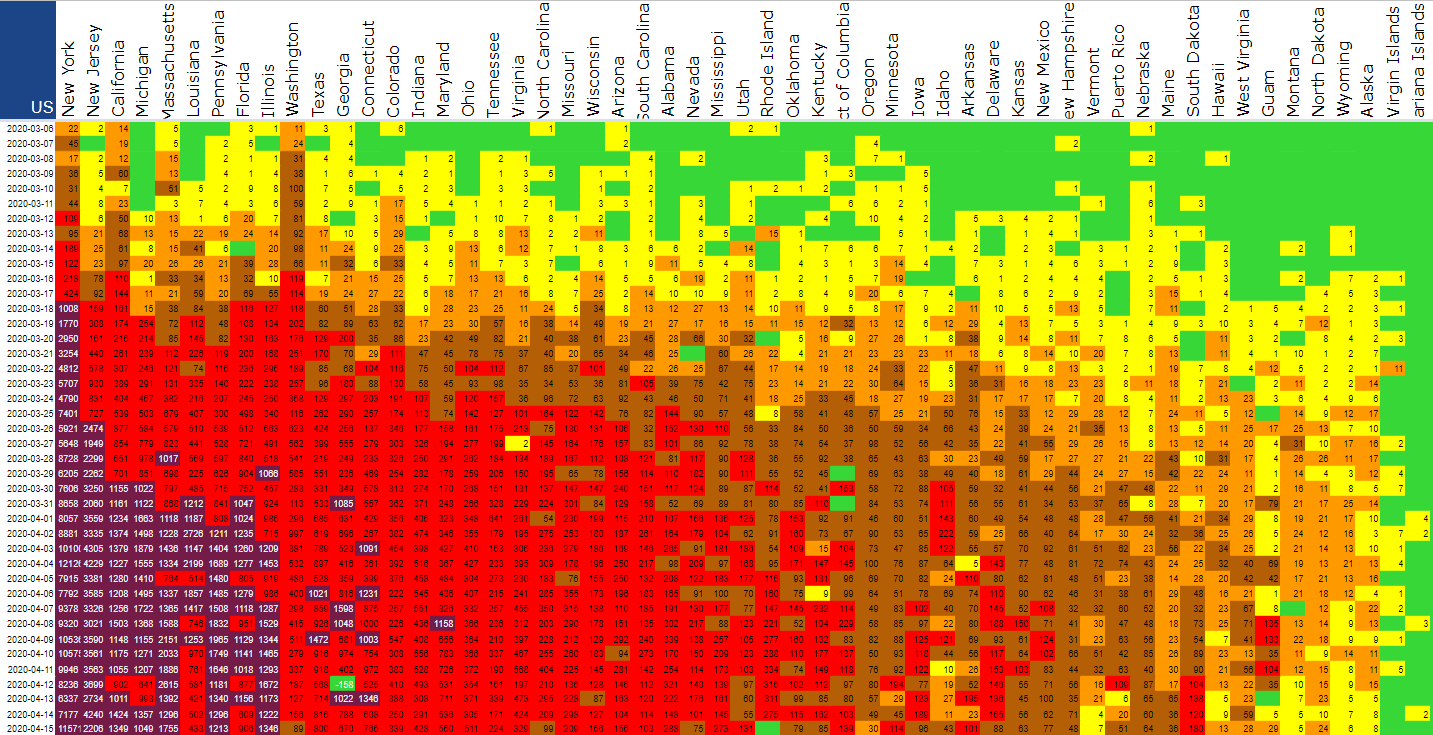
How To Make Learning Visual In Your Classroom
contributed by Jackie Gerstein
How about some strategies for visual learning?
Though the idea of ‘learning styles’ has fallen out of favor in education, the idea that there are different methods of ‘ingesting’ information and that differences between and across these methods can have a significant impact on a student’s learning is difficult to argue.
Whether learning by doing, watching, listening, or some other ‘style,’ learning ‘happens’—the key is optimizing that learning, and a part of that kind of optimization is being aware of what’s even possible. It’s difficult for a chef to plan amazing meals and menus for those meals that chef isn’t aware of the various foods, spices, culinary technology, and related cooking methods available to cook with.
The Benefits Of Visual Learning
One of the most common uses of visual learning strategies is visualizing complex and/or abstract ideas and thinking. In some cases, the visuals can act as metaphors for the concept, which is why one of ‘Marzano’s learning strategies is ‘non-linguistic representations’ of thinking.
Creating visual explanations improves learning, study authors/researchers Eliza Bobek and Barbara Tversky concluded in a 2016 study.
In the first experiment, students learned the workings of a bicycle pump by interacting with an actual pump and creating a visual or verbal explanation of its function. Understanding the functionality of a bike pump depends on the actions and consequences of parts that are not visible. Overall, the results support the use of learner-generated visual explanations in developing understanding of a new scientific system. The results show that low spatial ability participants could learn as successfully as high spatial ability participants when they first generated an explanation in a visual format.
In this case, the benefit of visual learning they examined was its ability to demonstrate complex concepts in a way a wide variety of learners could leverage equally. Unlike using essay writing to help highly literate, motivated, and skilled writers explore abstract concepts (i.e., highly nuanced themes in Shakespearean plays), visual learning models were effective for and accessible to a range of learners.
Bobek and Tversky’s study concluded that “Creating visual explanations had greater benefits than…verbal ones,” explaining that “some of the effectiveness of visual explanations is because they represent and communicate more directly than language.” The authors went on to explain that strategies for visual learning allowed teachers to use “checks for completeness and coherence” while providing “a concerted reference for making and checking inferences about the behavior, causality, and function” of a given concept.
See also 50 Ideas And Resources For More Visual Learning
Below are eight strategies for making learning more visual in your classroom. Feel free to add other favorites of yours in the comments below.
8 Strategies To Make Learning Visual In Your Classroom
1. Use sketch notes
2. Commit to intentional visual literacy instruction (i.e., actually teach it)
3. Encourage students to visually demonstrate what they ‘know’
4. Use visual physical and digital media to teach abstract concepts
5. Use concept maps to drive creative and critical thinking
6. Use a range of graphic organizers before, during, and after learning
7. Publish and curate learning artifacts that represent different stages of the learning process.
8. Use compelling visual media (including art, physical artifacts, video, video games, film, etc.)
Bonus: Use visualized data to help students not only understand information–but how that information is ‘created’ and shared in different forms depending on prevailing local technology. See below.

